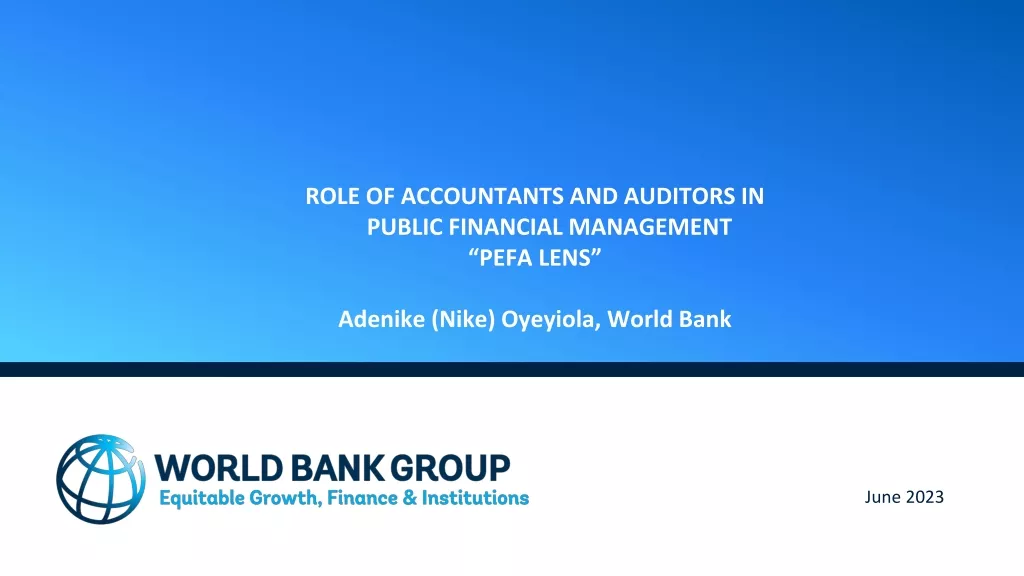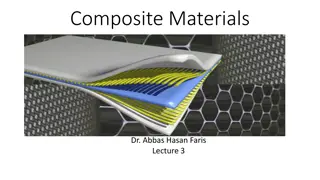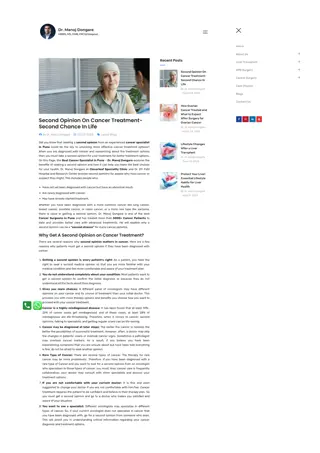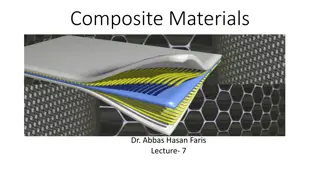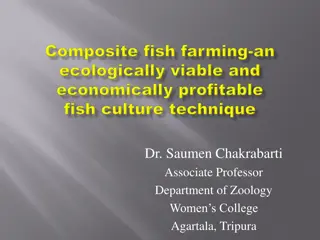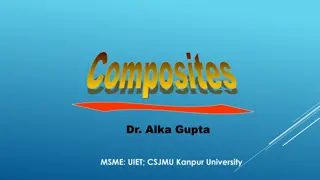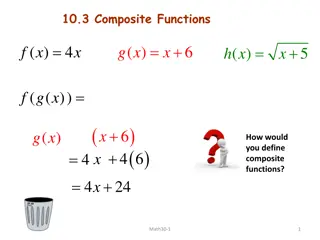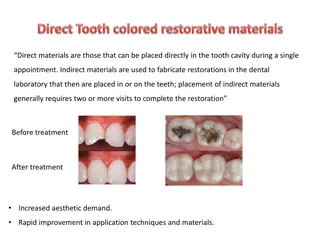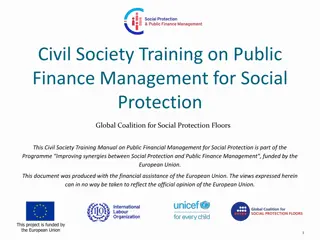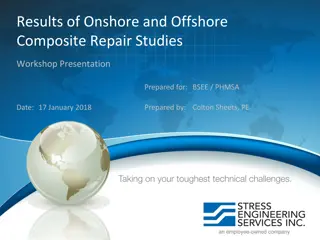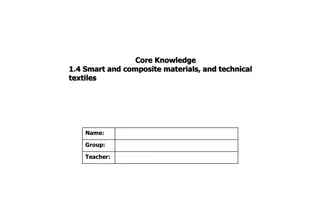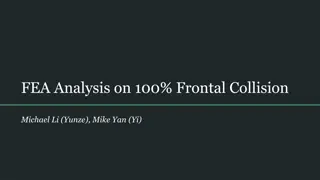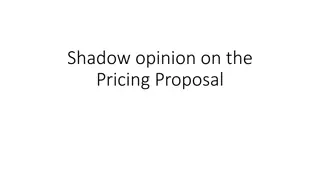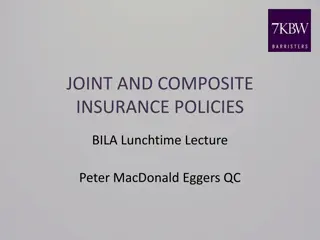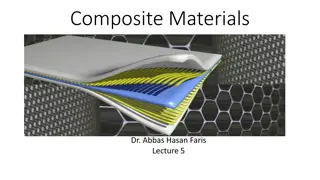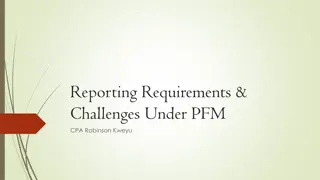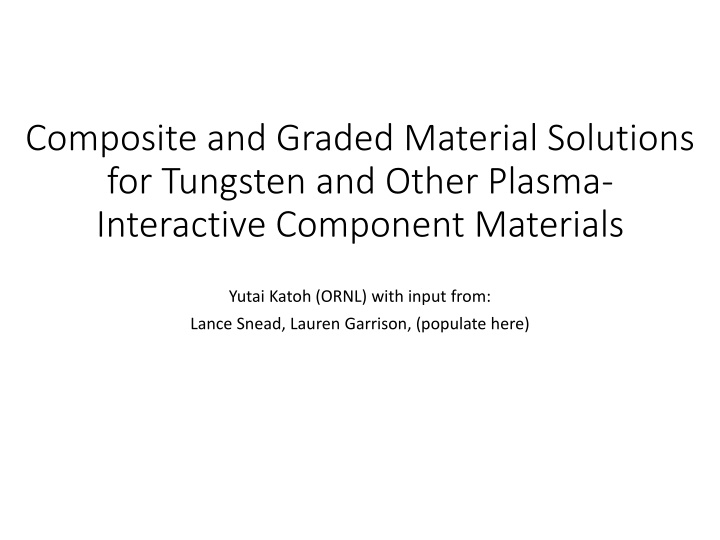
Graded Material Solutions for Plasma-Interactive Components
Explore composite and graded material solutions for tungsten and other plasma-interactive components, addressing issues like irradiation-induced degradation and ductile-to-brittle transition. Discover potential solutions involving laminate composites, ductile phase-matrix composites, and more for improved performance in extreme environments.
Download Presentation

Please find below an Image/Link to download the presentation.
The content on the website is provided AS IS for your information and personal use only. It may not be sold, licensed, or shared on other websites without obtaining consent from the author. If you encounter any issues during the download, it is possible that the publisher has removed the file from their server.
You are allowed to download the files provided on this website for personal or commercial use, subject to the condition that they are used lawfully. All files are the property of their respective owners.
The content on the website is provided AS IS for your information and personal use only. It may not be sold, licensed, or shared on other websites without obtaining consent from the author.
E N D
Presentation Transcript
Composite and Graded Material Solutions for Tungsten and Other Plasma- Interactive Component Materials Yutai Katoh (ORNL) with input from: Lance Snead, Lauren Garrison, (populate here)
Background Bulk tungsten undergoes severe degradation during irradiation Irradiation-induced toughness degradation for tungsten Initial hardening-associated embrittlement Ductile-to-brittle transition at temperatures of interest Caused primarily by intrinsic defects Followed by progressive degradation in fracture toughness Severe decrease in fracture strength in brittle regime Likely related with solid transmutations
Composites and graded components have been proposed as potential solutions Laminate composites Cu-W laminate composites in EU program Steels-W graded composites laminate (or 3D) Fiber composites Wf/Wm Ceramic fiber/Wm 3D composites Ductile phase-matrix composites Cu/W ductile phase toughened composite Henager et al.
Cu/W Laminate Composite Appeared ductile even at RT as prepared Loss of ductility after HFIR irradiation to low doses Relying on extreme tungsten texture does not work (note implication to W fibers) Henager et al. Garrison et al. (submitted)
Analyzing laminate composites using criterion for minimum ductile phase volume fraction for pseudo-ductile failure Minimum ductile phase volume fraction per simple composite theory: B 1 1 u D E + 0.9 1 D f Min. volume fraction of ductile phase u E B 0.8 Cu/W(cold worked) laminate concept does not present adequate design space As-fabricated composite exhibited ductility because W foil was ductile Potential workaround options: Choose stronger ductile phase material Use low strength tungsten(?) Use non- or semi-continuous tungsten 0.7 0.6 f = 0.5 0.5 0.4 0.3 0.2 Pure Cu/W(0.1t) laminate Unirr 0.1 0 0 100 200 300 400 500 Temperature (degree C)
Design space for ductile-brittle laminate composites with cold worked W as the brittle phase Choosing a stronger ductile phase material may not be a viable option Even 14YWT requires a volume fraction of ~0.8 to achieve ductile failure Plot is for RT Elevated temperature does not help because ductile phase softens For graded laminate structures, stronger ductile phase gives enhanced ability to prevent catastrophic failure
Design space for ductile-brittle laminate composites with weaker W as the brittle phase Single crystal tungsten strength data from ORNL is used (UTS = 430 MPa) Plot is for RT Effect of elevated temperatures is not very significant Useful design spaces exist with Cu, RAF, and ODS steel as the ductile phase Obviously consideration of irradiation hardening narrows the design spaces (not considered here)
Conclusions/implications so far Cold worked W may not be an adequate brittle phase material to constitute brittle-ductile laminate composites regardless of selection for ductile phase material Use of low strength W may achieve proper brittle-ductile laminate composite design. With this option, Cu alloys and conventional RAF present usable design spaces High strength ductile phase material (such as ODS steel) broadens design space Time evolutions of W properties need to be considered Irradiation hardening of W will narrow design spaces Further irradiation embrittlement (strength degradation) of W will widen design spaces Brittle-ductile laminate composite is not an ideal concept with W Ductile phase-matrix composite (with discontinuous or semi-continuous W) should be a more viable concept Continuous fiber composites are also worth investigating
Refractory metal/alloy fiber composites Large body of previous works for gas turbine engine applications Matrix materials: SS, FeCrAl, superalloys, refractories Wire materials: W, W-Re, W-Re-HfC, Mo alloys Focus on high temperature strength Little attention to toughness at low temperatures Ritzert and Dreshfield, 1992
W Composite (Source: ICFRM-17 CFP) Wf/Wm composites feasibility considerations Unirradiated properties assumed W-Re fiber UTS = 2 GPa; E = 400 GPa CVI W matrix UTS = 300 MPa; E = 400 GPa Simple ROM-based theory presents adequate design space Curtin model for CFCC presents adequate rupture margin beyond matrix cracking Typical UTS for W-Re fibers
Wf/Wm composites effect of matrix strengthening Early irradiation may cause Strengthened CVI W matrix UTS > 300 MPa; E = 400 GPa Unchanged W-Re fiber UTS = 2 GPa; E = 400 GPa Simple ROM-based theory predicts potential loss of pseudo-ductility with matrix strengthening Curtin model for CFCC presents adequate rupture margin beyond matrix cracking after a doubled matrix strength Typical range for aligned Vf
Wf/Wm composites effect of fiber weakening Strength decrease is expected for W-based fibers upon irradiation Strength degradation for W-Re fiber UTS = 400 MPa; E = 400 GPa No significant change in CVI W matrix UTS = 300 MPa; E = 400 GPa Simple ROM-based theory predicts likely loss of pseudo-ductility unless extreme matrix strength loss is assumed Curtin model for CFCC predicts brittle failure at fiber volume fractions up to ~0.3 Typical range for aligned Vf
Case for SiCf/Wm composites Unirradiated properties assumed SiC fiber UTS = 2.6 GPa; E = 400 GPa CVI W matrix UTS = 300 MPa; E = 400 GPa Simple ROM-based theory presents adequate design space Curtin model presents adequate rupture margin beyond matrix cracking for practically all Vf Typical range for aligned Vf
Case for SiCf/Wm composites effect of matrix strengthening Early irradiation may cause Strengthened CVI W matrix UTS >> 300 MPa; E = 400 GPa Unchanged W-Re fiber UTS = 2 GPa; E = 400 GPa Simple ROM-based theory presents workable design space as the matrix strength doubles Curtin model presents adequate rupture margin beyond matrix cracking after the matrix strength doubles Typical range for aligned Vf
Conclusions/implications fiber composites Continuous fiber W(-x)f/Wm composites Composite theories indicate plenty of design space available in unirradiated condition Reasonable composite mechanical properties will likely be maintained until significant fiber strength degradation takes place Continuous fiber SiCf/Wm composites Plenty of design space is available in both unirradiated and irradiated conditions Significant irradiation-induced embrittlement is not anticipated for SiCf/Wm composites unless unknown interphase instability results in enhanced bonding, friction, or fiber damage.
Summary open for discussion Ductile-brittle laminate composite Continuous fiber, brittle- matrix composite Discontinuous or semi- continuous brittle phase composite - Limited design space - Tungsten fiber composites will be severely limited by fiber degradation - Ductile metal matrix, tungsten dispersed composites may serve certain purposes - Weak tungsten needed - Why don t go for discontinuous or semi- continuous options? - SiC fiber, tungsten matrix composites may be viable for high temperature PFC - Semi-continuous tungsten ductile metal composite may enhance high temperature properties - May still be used in graded PFC WC in Fe matrix ( lvarez et al., 2015) W/RAF laminate (Garrison) FZJ
ORNL Interest and Directions Composite concepts and materials of interest All kinds of W-based composites Laminate FGM - ongoing Continuous fiber (W and SiC), W-matrix composites preliminary research W-alternative options for PFM and PFCM Carbon materials are still of interest as PFCM Some of emerging refractory ceramics and composites are potentially attractive Application of advanced manufacturing Powder bed additive manufacturing Ultrasonic additive manufacturing Field-assisted sintering-based rapid processing Conventional manufacture routes for materials evaluation Tungsten CVI Hot press and HIP

